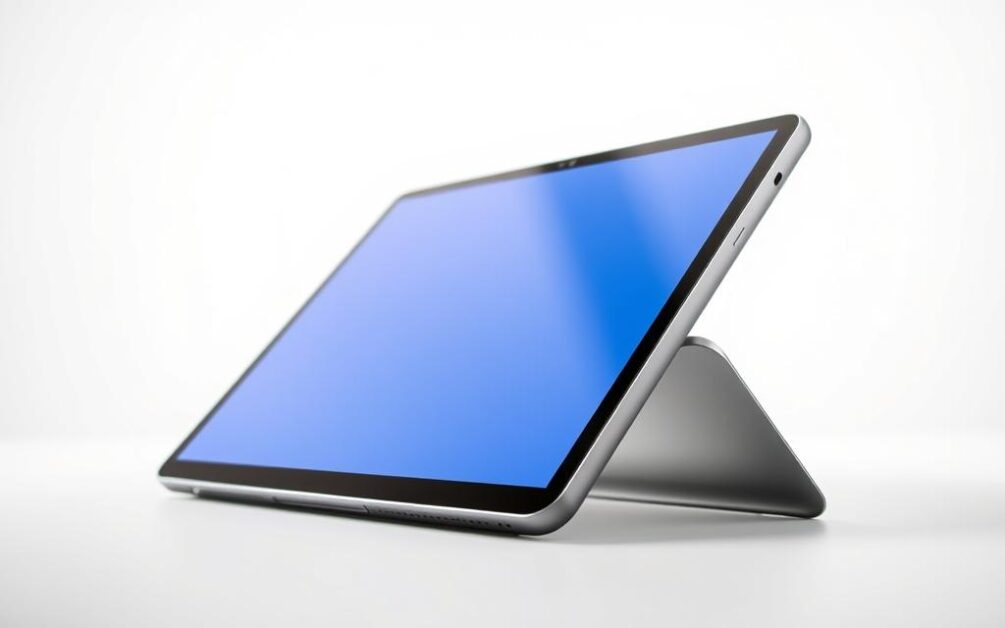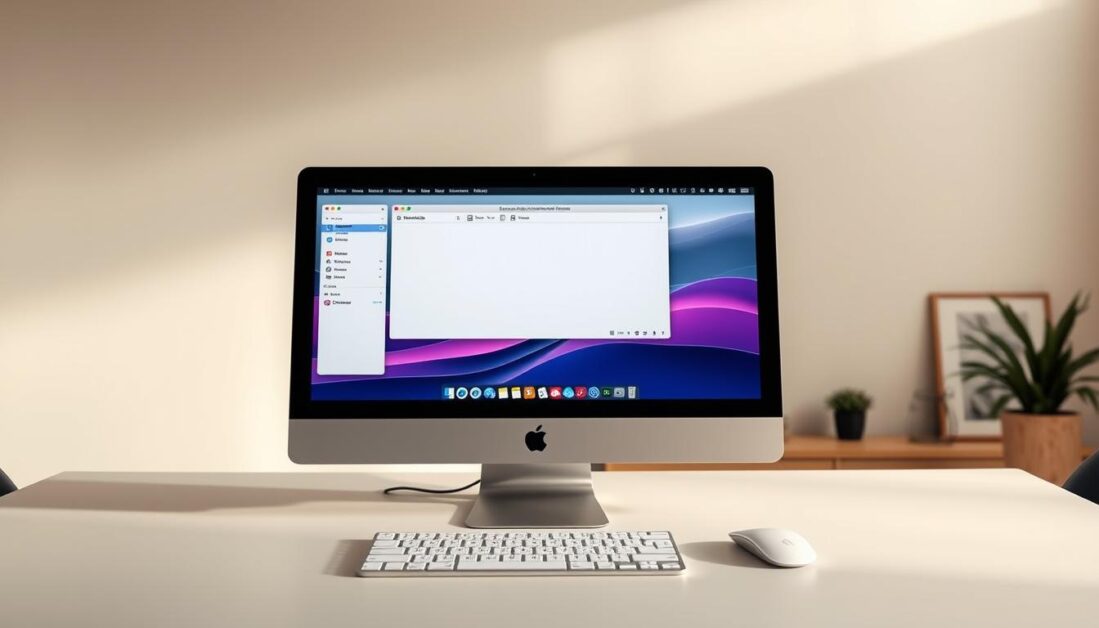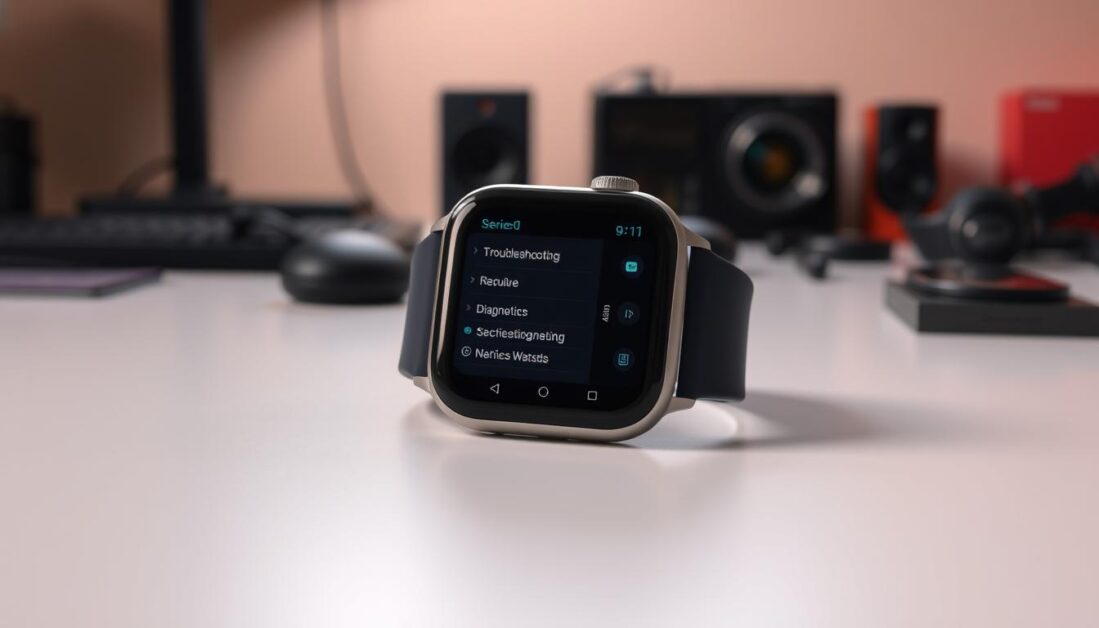Introduction
Experiencing lag, overheating, or fan noise on your Windows 11 PC? These are classic signs of high CPU usage. When your CPU is running at 90% or higher, even basic tasks like browsing or file management can become sluggish. In this detailed guide, we’ll walk you through practical, effective methods to fix high CPU usage in Windows 11. From Task Manager tweaks to background service optimizations, these steps will help restore your PC’s performance.
What Causes High CPU Usage in Windows 11?
- Background apps and services running continuously
- Malware or virus infections
- Outdated or buggy drivers
- Corrupted Windows system files
- Windows updates or indexing services
- Startup programs hogging resources
- Apps with memory leaks or high-demand usage
1. Check CPU Usage in Task Manager
Why It Matters:
Task Manager helps you identify which programs or processes are consuming your CPU.
Steps:
- Right-click the Start menu and select Task Manager.
- Go to the Processes tab.
- Click on the CPU column to sort by usage.
- Note any apps using an unusually high percentage (e.g., 50%+).
Tip:
End non-critical apps by selecting them and clicking End Task.
2. Disable Unnecessary Startup Apps
Why It Matters:
Many apps auto-launch with Windows and consume CPU in the background.
Steps:
- Open Task Manager.
- Click the Startup tab.
- Right-click on unnecessary apps and choose Disable.
Examples:
Disable tools like Skype, OneDrive, Zoom auto-launch, or other software you don’t need immediately.
3. Run a Full Virus and Malware Scan
Why It Matters:
Malware often causes high CPU usage by mining crypto, creating botnets, or stealing data.
Steps:
- Go to Settings > Privacy & Security > Windows Security.
- Click Virus & threat protection.
- Run a Full scan using Windows Defender.
Optional:
Use third-party tools like Malwarebytes for deeper cleaning.
4. Turn Off Background Apps
Why It Matters:
Many apps continue running in the background, draining CPU resources.
Steps:
- Go to Settings > Apps > Installed apps.
- Click the three-dot menu on an app and select Advanced options.
- Under Background app permissions, choose Never.
5. Disable Windows Search Indexing Temporarily
Why It Matters:
Search indexing improves file search speed but can spike CPU usage.
Steps:
- Press Windows + R, type
services.mscand press Enter. - Find Windows Search, right-click, and choose Properties.
- Click Stop and change Startup type to Manual (optional).
Tip:
Re-enable it later if you rely heavily on Windows search.
6. Update All Device Drivers
Why It Matters:
Outdated or buggy drivers—especially for GPU, CPU, and storage—can cause abnormal CPU usage.
Steps:
- Right-click Start > Device Manager.
- Expand each category (e.g., Display adapters, Processors).
- Right-click each device and choose Update driver.
- Select Search automatically for drivers.
Tip:
Visit your PC manufacturer’s support site for the latest chipset drivers.
7. Adjust Power Settings
Why It Matters:
Incorrect power plans may restrict performance or cause CPU spikes.
Steps:
- Go to Settings > System > Power & battery > Power mode.
- Choose Balanced or Best performance.
Advanced:
- Open Control Panel > Power Options.
- Click Change plan settings > Change advanced power settings.
- Expand Processor power management and ensure minimum/maximum processor states are correctly set (e.g., 5%-100%).
8. Disable SysMain (Superfetch) Service
Why It Matters:
SysMain optimizes app launch times but can increase CPU usage, especially on older PCs.
Steps:
- Press Windows + R, type
services.msc. - Locate SysMain.
- Right-click > Properties > Stop the service.
- Change Startup type to Disabled.
9. Perform a Clean Boot
Why It Matters:
Clean Boot helps identify third-party apps or services that cause high CPU usage.
Steps:
- Press Windows + R, type
msconfigand press Enter. - Go to Services tab, check Hide all Microsoft services.
- Click Disable all.
- Go to Startup > Open Task Manager and disable all startup items.
- Restart your PC.
10. Reset Windows or Reinstall
Why It Matters:
If nothing works, resetting Windows will eliminate corrupted files, malware, or conflicting apps.
Steps:
- Go to Settings > System > Recovery.
- Click Reset this PC.
- Choose Keep my files or Remove everything.
Warning:
Backup important data before resetting.
Final Thoughts
High CPU usage in Windows 11 can result from a range of causes—from background apps to malware or driver issues. Start with the Task Manager to identify culprits, and use built-in settings like power plans, clean boot, and disabling services to optimize your system.
Keeping your system clean, updated, and well-managed is the best way to avoid persistent CPU spikes. Regular maintenance and vigilance go a long way toward keeping Windows 11 running smoothly and efficiently.
- Facebook Quietly Expands Downvote Button Test for Comments - June 24, 2025
- Instagram GIFs Return, But Only the Boring Ones - June 24, 2025
- Waze: What It Is, How It Works, and Why Drivers Love It? - June 24, 2025
Discover more from Techy247
Subscribe to get the latest posts sent to your email.






